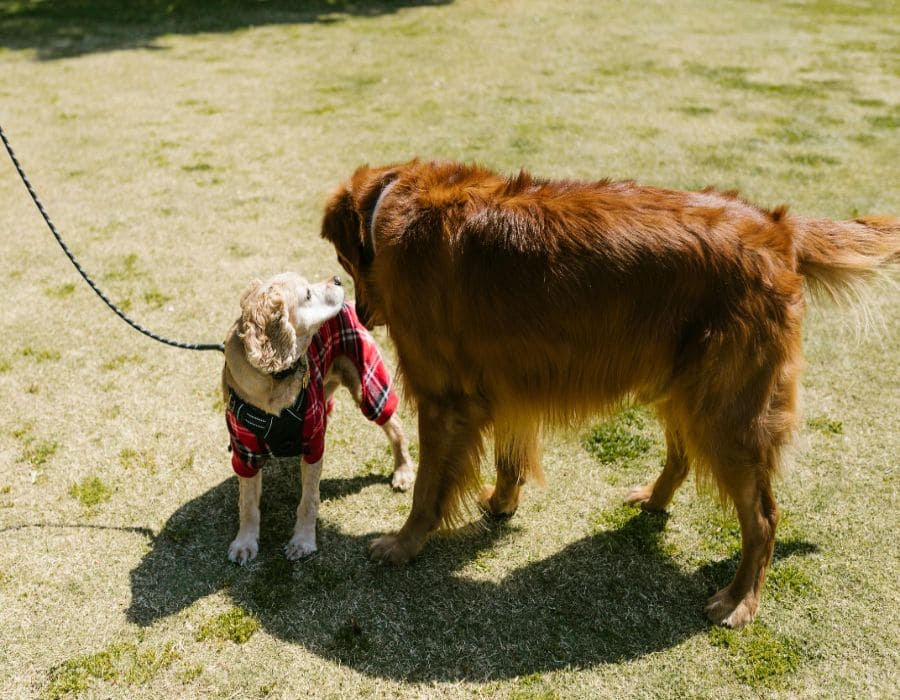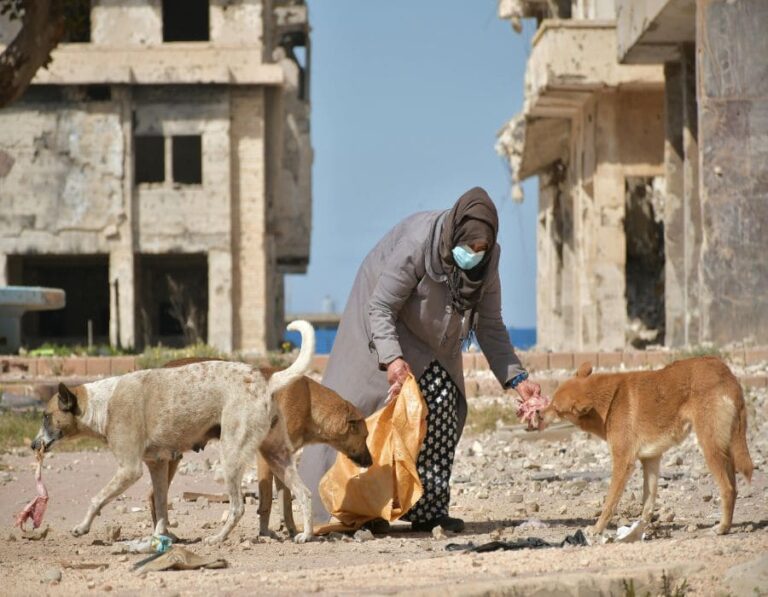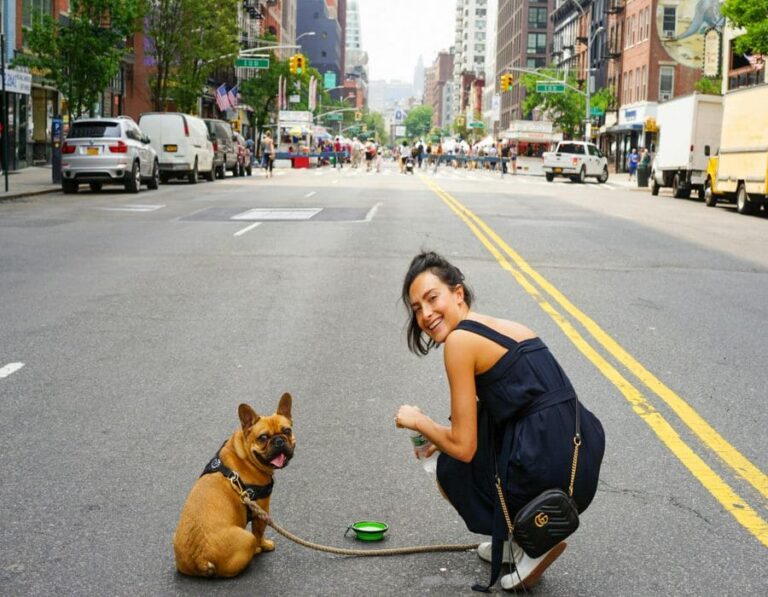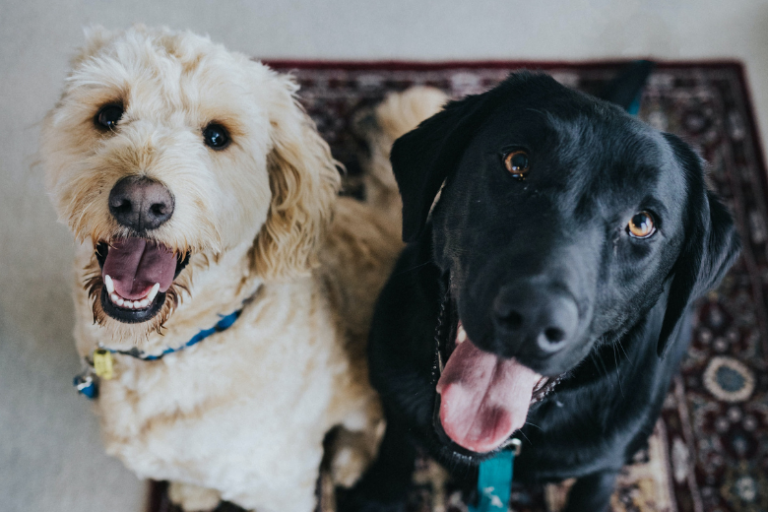How to Socialise Your Dog Safely – 10 Science-Backed Tips
Socializing your dog is one of the most important steps in their development. Proper socialization helps prevent behavioral problems, boosts confidence, and ensures your dog can safely interact with other animals and people. But how can you do this in a safe and effective way?
Socializing your dog isn’t just about letting them meet other dogs and people. It’s about creating positive experiences in controlled environments. These science-backed tips will guide you through the process to ensure your dog becomes well-adjusted and friendly, while keeping them safe.
Start Early
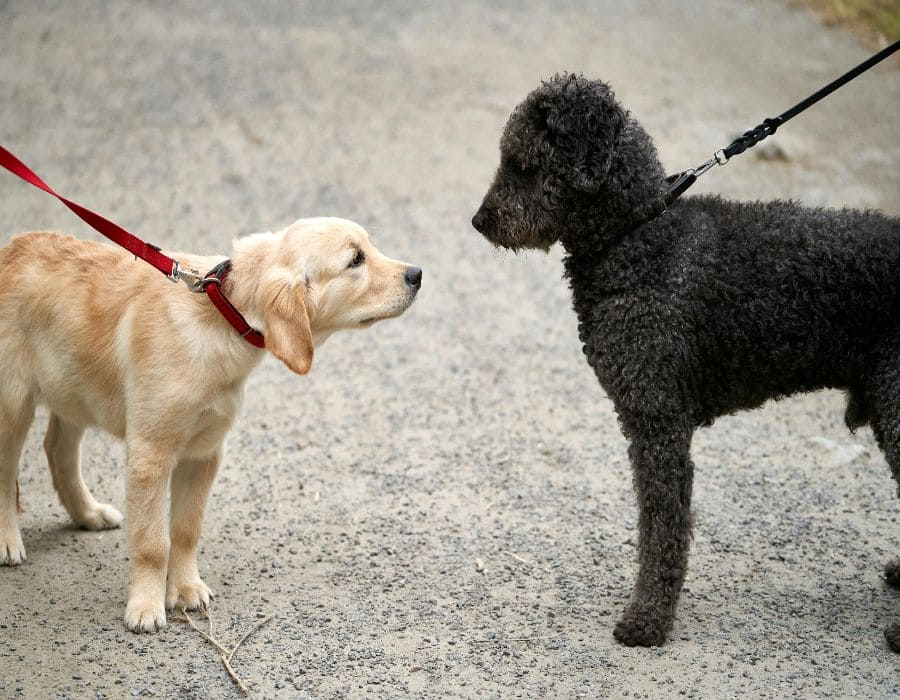
The earlier you begin socializing your dog, the better. Puppies have a critical socialization window between 3-14 weeks. Exposing them to new experiences during this time helps them grow into well-adjusted adults and reduces the likelihood of fearful or aggressive behaviors.
Positive Reinforcement
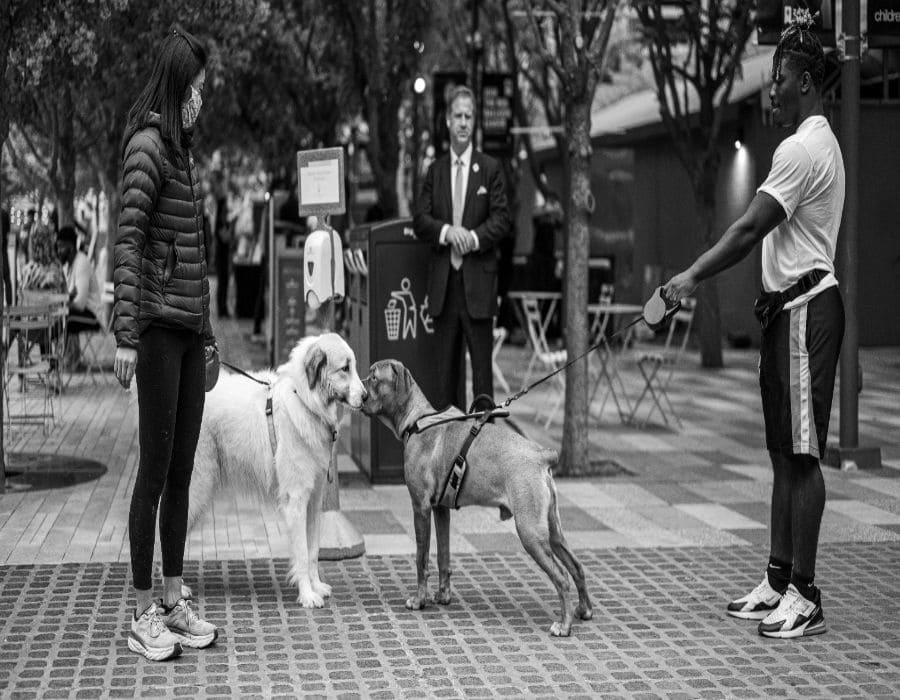
Use treats and praise to reward your dog for calm behavior when meeting new people or animals. Positive reinforcement builds positive associations with social situations and encourages them to remain calm and confident in the face of new experiences.
Introduce New Experiences Gradually
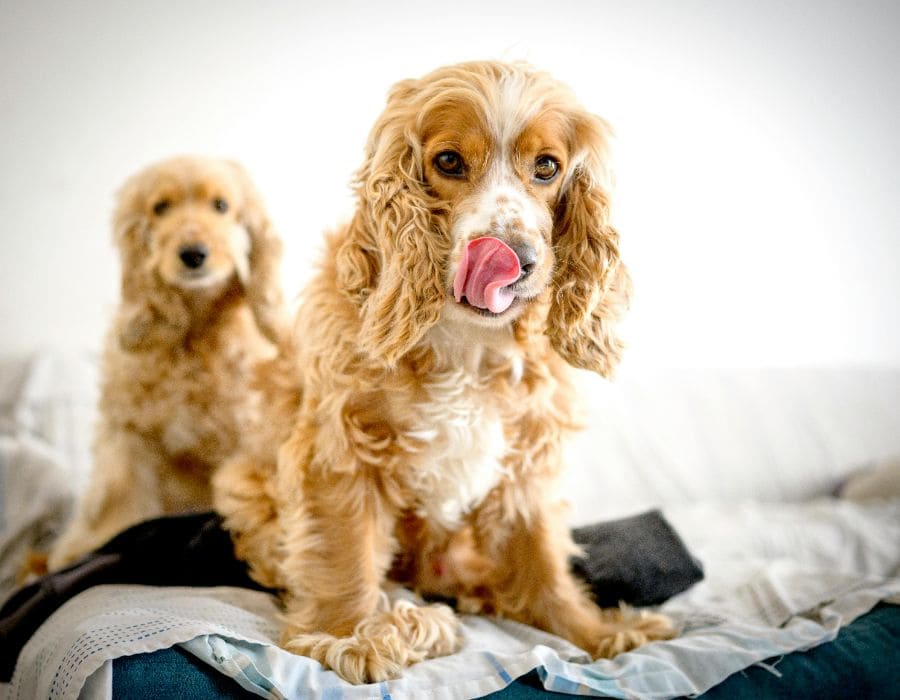
Introduce your dog to new environments, people, and animals gradually. Overwhelming them too quickly can cause anxiety or fear. Start with low-pressure situations and slowly increase the complexity of their interactions as they become more comfortable.
Use Controlled Encounters

Always control the situation when introducing your dog to other animals. Start with calm, well-behaved dogs in neutral settings to avoid territorial aggression. Ensure that both dogs are on a leash and supervised during the interaction.
Encourage Positive Interactions with People

Expose your dog to different people, including men, women, children, and people with different appearances. Allow them to observe and interact in positive, calm environments to prevent fear-based behavior. Never force them into situations that feel unsafe.
Expose Them to Various Environments
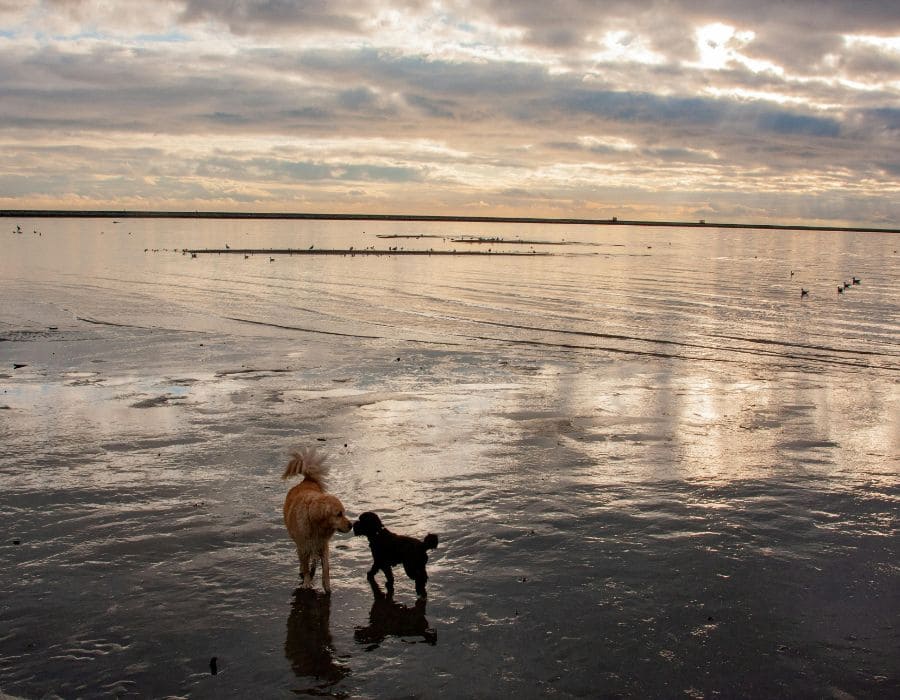
Socializing your dog isn’t just about people and dogs. Expose them to different environments, such as parks, busy streets, or quiet spots. This exposure helps your dog feel comfortable and adaptable, reducing stress when encountering unfamiliar places.
Socialize with Other Dogs Regularly
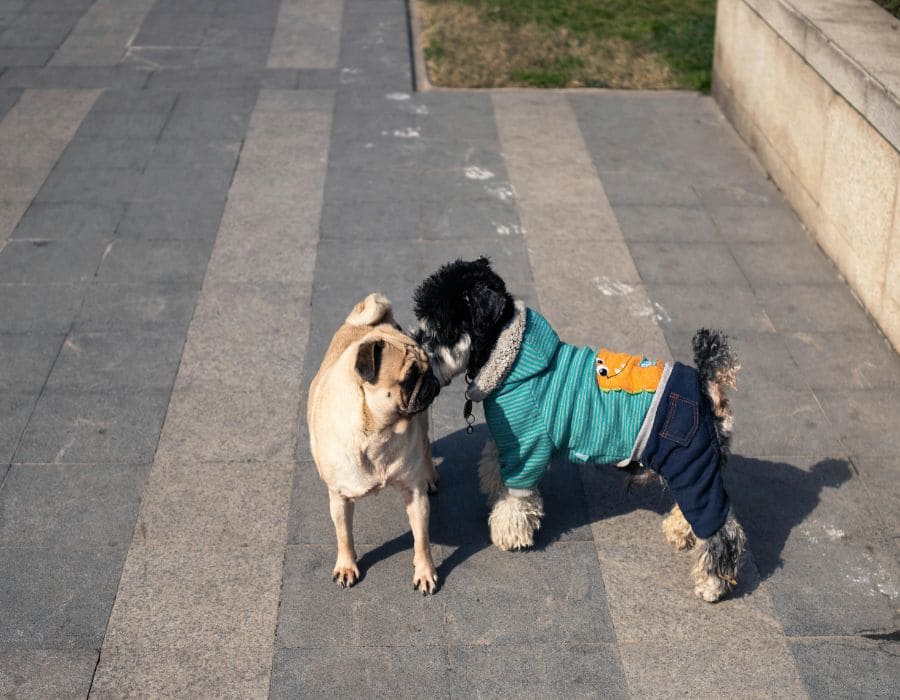
Regular playdates with well-behaved dogs allow your dog to practice their social skills in a safe environment. This helps them learn proper doggy etiquette, including body language and play style, while building confidence around their peers.
Respect Their Limits
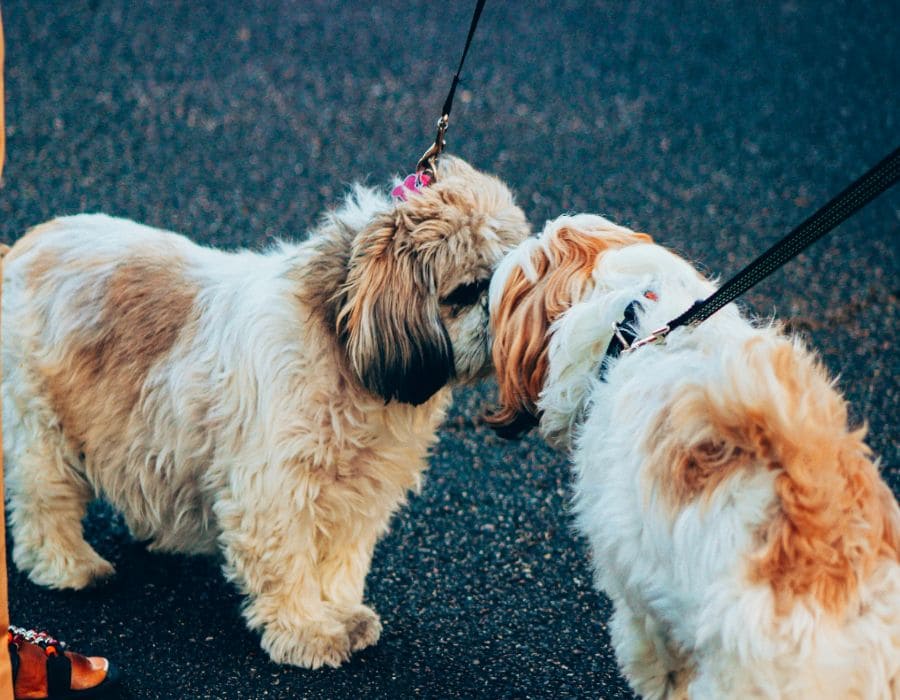
Pay attention to your dog’s body language. If they show signs of fear or stress, such as tail tucking or growling, stop the interaction immediately. Respecting their limits and giving them space is key to positive socialization.
Practice Patience and Consistency
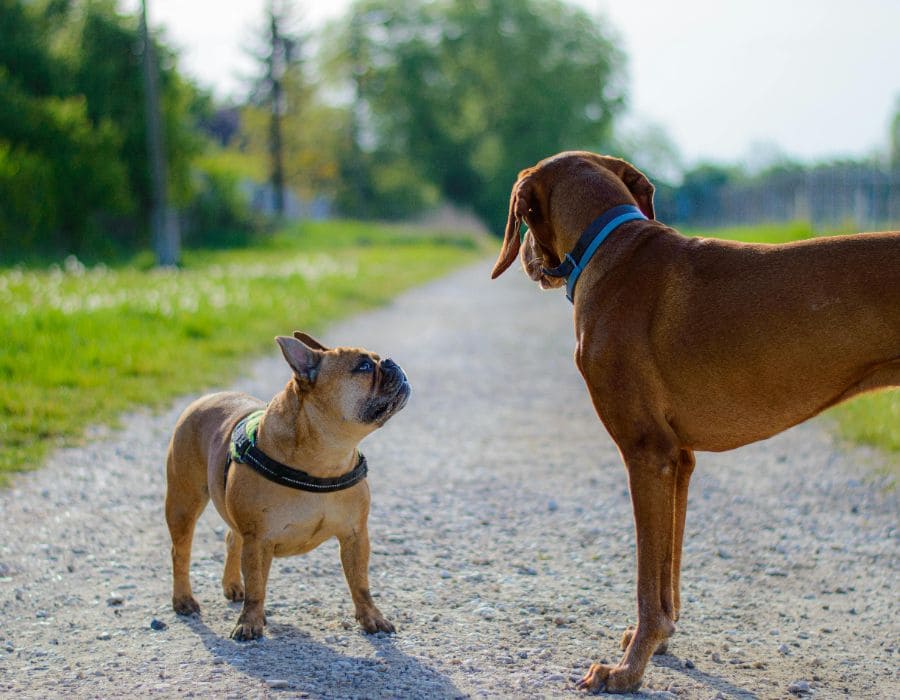
Socializing takes time, especially for more reserved or anxious dogs. Be patient and consistent with your efforts, exposing them to new experiences regularly. Repeated positive interactions will help them build confidence and feel more secure in social settings.
Seek Professional Help if Needed

If your dog struggles with socialization or exhibits aggressive behaviors, consider working with a professional trainer. A certified behaviorist can help address fear, aggression, and anxiety, offering tailored strategies for your dog’s needs.
Final Thoughts
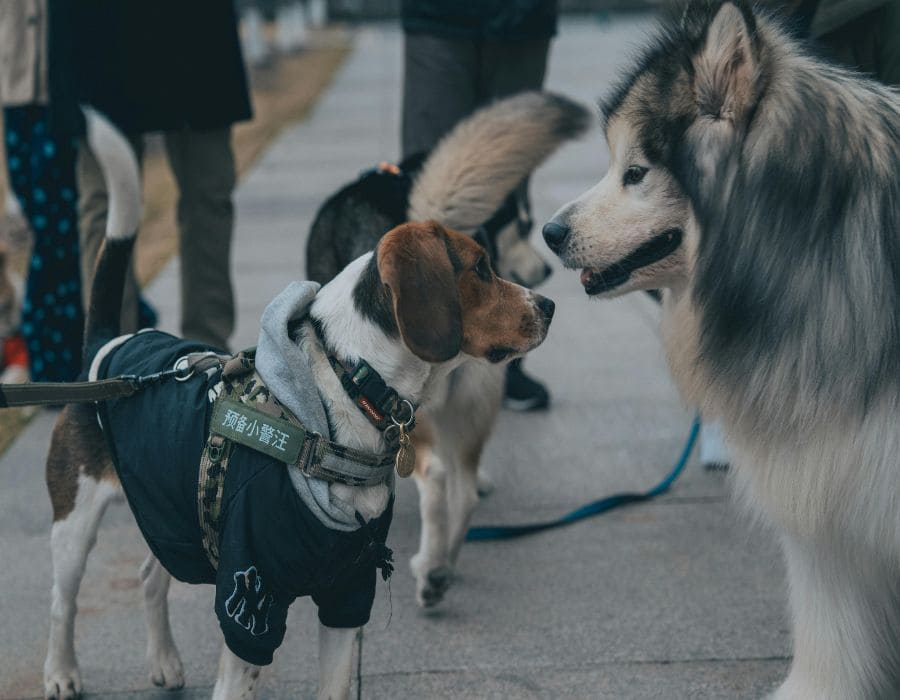
Socializing your dog is a crucial step to ensuring their well-being and behavior. With patience, positive reinforcement, and gradual exposure to new experiences, you can help your dog grow into a confident and friendly companion. Safe socialization builds lasting bonds and ensures a happier, healthier dog!

